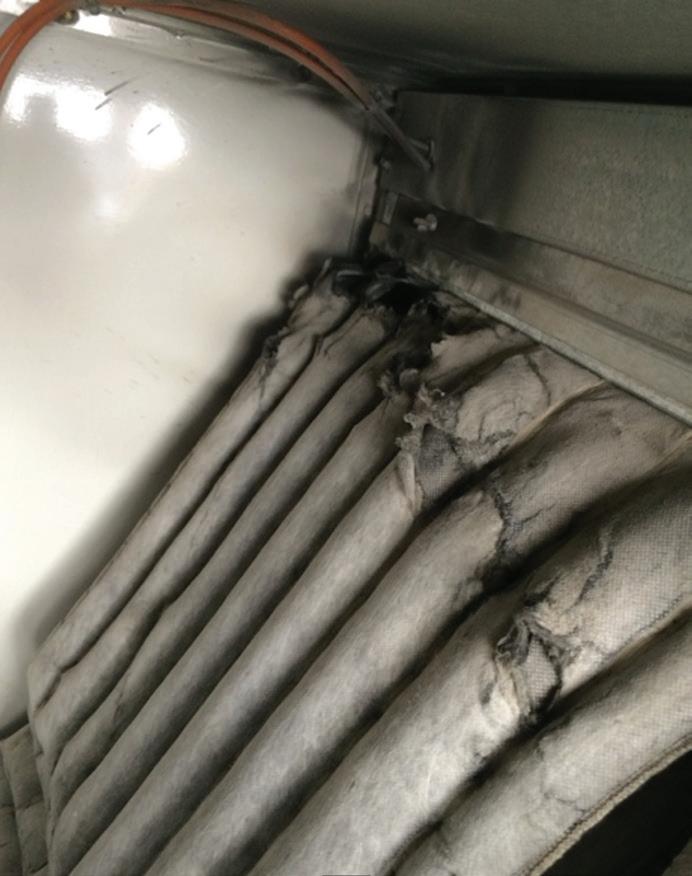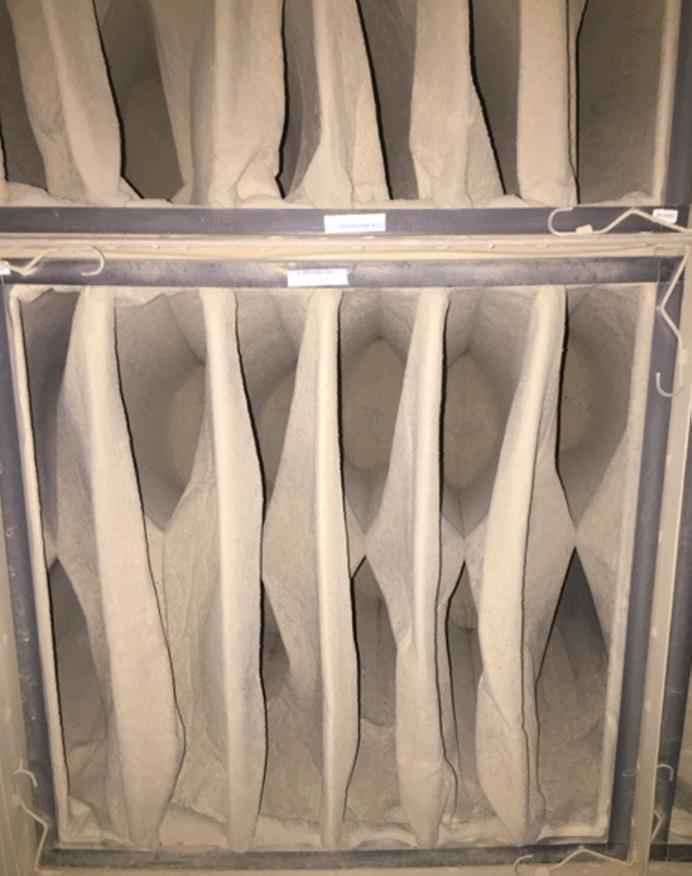
2 minute read
A Building Envelope OF PERIL
Dr. Iyad Al-Attar Explains Why Filtration Technologies Alone Cannot Sustainably Capture Our Anthropogenic Emissions
By Dr. Iyad Al-Attar
Climate change is an insidious problem whose definition is elusive and for which definitive solutions may be lacking, as Frank Incropera[1] indicates in his book, Climate Change: A Wicked Problem . Positioning humanity to resolve climate change challenges requires an intrinsic understanding of our environmental status quo. We are running amuck with current anthropogenic emissions, and possessing advanced filtration technologies does not justify the current pollution actions. Eventually, embracing sustainability becomes the only way forward as “business as usual” models can risk our existence, particularly if we continue with current polluting conduct and linear economic endeavors.
The Atmospheric Aerosol
The air we breathe consists of particles emitted from natural events such as sandstorms, volcanoes, forests, sea spray, and anthropogenic sources, which refer to those emitted by human activities. [2,3] Atmospheric air is full of microscopic particles, which can be health hazardous and thus considered a specific type of air pollution. The dynamic mixture of atmospheric solid and liquid particles emitted from various sources poses a significant challenge for filter performance prediction. Therefore, it is difficult to generalize the atmospheric air’s physical and chemical characterization, challenging installed air filters that rely on outdoor air. Consequently, it is typical for actual filter performance to deviate from laboratory test reports, which can be due to location sensitivity and filter loading with various atmospheric pollutants. The interaction between particle characteristics such as concentration, size, distribution, shape, and filter media properties also impacts filter loading and performance. Investigating such interaction helps predict the filter's lifetime and performance in terms of the rise in pressure drop and the efficiency filters provide before replacement.







Fibrous Filters
To avoid living in a building envelope of peril, fibrous filters (Figure 1) are called upon to capture unwanted particles before introducing outdoor air indoors. Fibrous filtration is commonly used in many filter applications such as HVAC, automobiles, sewage plants, and the intake of land-based gas turbines (Figure 2). Fibrous air filters used in HVAC applications rely on depth particle deposition on filter fibers where the feed concentration is low, and filter porosity is high (Figure 3).
Fiber size distribution and adjacent fibers (Figure 4), dendrite formation (Figure 5), fiber shape (Figure 6), and charge influence the loading of filters.[4] Ultimately, filter efficiency and dominant capture mechanisms depend upon many interrelated factors such as aerosol size, density, face velocity, media porosity, filter media, and particles’ physical and chemical characteristics. Failing to understand the interplay among all these parameters can lead to surface deposition on a depth filter media (Figure 7), thus reducing its lifetime and leading to pre-mature clogging.
Ultimately, pre-filtration can be pivotal in lowering particle concentration and adjusting particle size distribution to facilitate further depth deposition. Appropriate pre-filter selection can extend the stationary filtration stage, where particle deposition causes a negligible rise in the installed filter's pressure. Engineered multistage filtration utilizing pre-filters helps maintain the filter’s permeability (Figure 8), and extends its lifetime while ensuring a sustainable performance.
The Impact on HVAC Equipment and Air Filter Performances
Globally, the built environment uses one-fifth of all the electricity used in buildings for space cooling.[6] That represents 26% of global energy-related emissions, highlighting tremendous energysaving opportunities to lower their environmental footprint.[7] Therefore, appropriate employment of aerodynamic filters and performance prediction accompanied by sustainable operation and maintenance of HVAC systems are paramount to meeting energy efficiency targets.
Anthropogenic emissions alter ambient conditions surrounding HVAC and filtration systems and impact their predicted performances differently. Outdoor air pollution can further challenge the installed HVAC and filtration systems and spark additional complexities in managing and measuring IAQ and conducting professional maintenance practices while adhering to energy efficiency goals. Exposure to various pollutant types and high concentrations can severely load air filters. Inappropriate filter installation and leakage lead to pollutant deposits on the cooling/heating coils, compromising the heat transfer mechanism on the one hand but also changing the dynamics of filter loading on the other hand. Furthermore, high moisture levels and particle concentrations can reduce the filter’s permeability,











